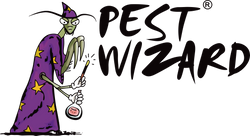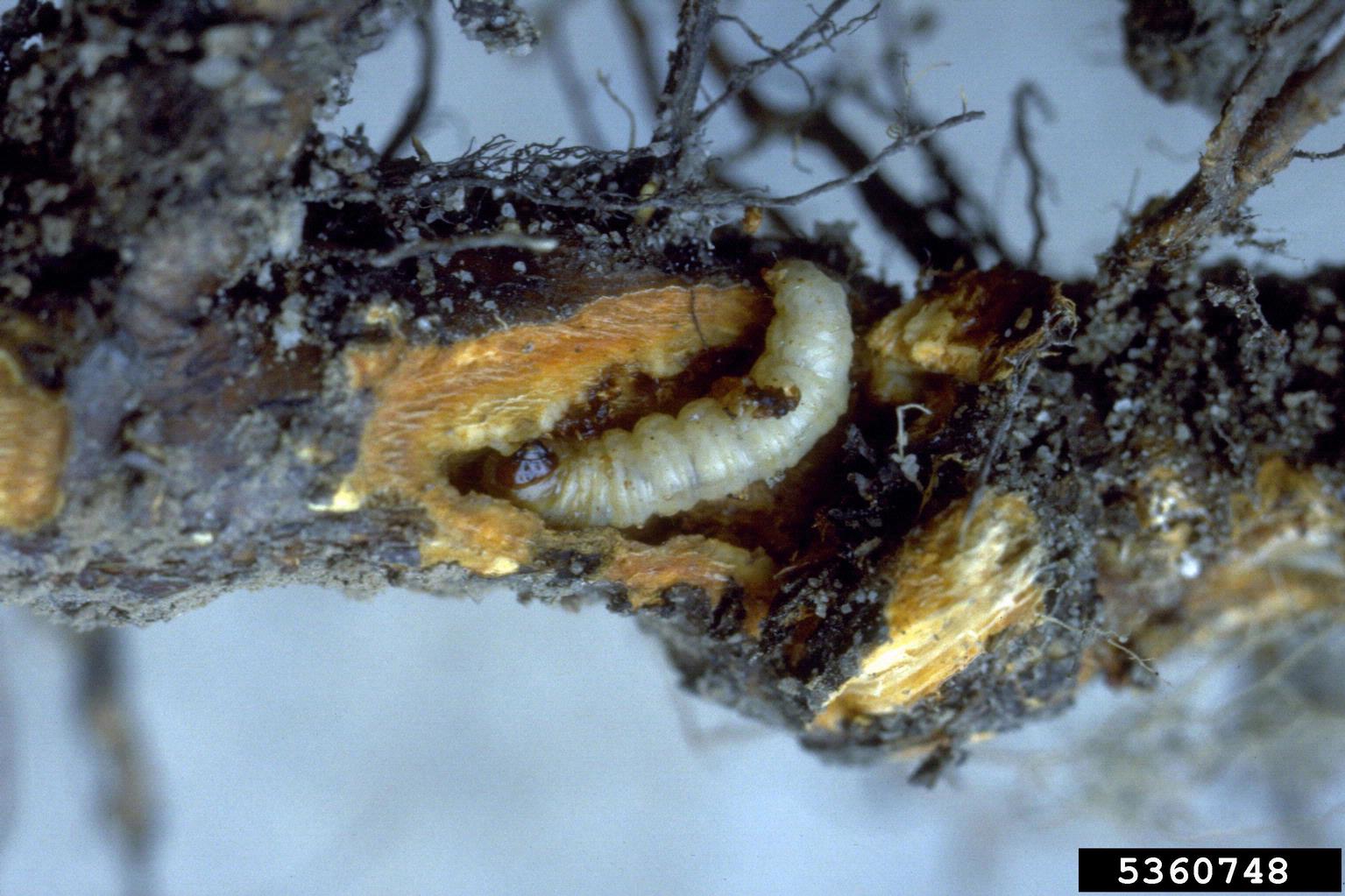Description
Selectively attracts Drosophila suzukii for monitoring the pest population and reducing the number of breeding adults.
Contents
Trap Kit (PWK599): 2 large yellow traps, 1 pheromone lure, 1 hanger. MSRP $15.99. Case of 15.
Lure Pack (PWL598): 2 pheromone lures. MSRP $24.99. Case of 10.
Trap Pack (PWT004): 4 large yellow traps with hangers. MSRP $11.99. Case of 25.
Dimensions
Trap Kit and Trap Pack: 8.5 x 6 x 0.25 inch, 0.2 lb (unit), 10 x 6 x 6 inch, 2.5 lb (case)
Lure Pack: 6 x 4 x 0.25 inch, 0.2 lb (unit), 12 x 6 x 5 inch, 1.75 lb (case)
Useful Information
Spotted Wing Drosophila
Wholesale orders only. Price and quantity is by the case.
For retail ordering visit our Store Finder.
Adding product to your cart
Selectively attracts Drosophila suzukii for monitoring the pest population and reducing the number of breeding adults.
Contents
Trap Kit (PWK599): 2 large yellow traps, 1 pheromone lure, 1 hanger. MSRP $15.99. Case of 15.
Lure Pack (PWL598): 2 pheromone lures. MSRP $24.99. Case of 10.
Trap Pack (PWT004): 4 large yellow traps with hangers. MSRP $11.99. Case of 25.
Dimensions
Trap Kit and Trap Pack: 8.5 x 6 x 0.25 inch, 0.2 lb (unit), 10 x 6 x 6 inch, 2.5 lb (case)
Lure Pack: 6 x 4 x 0.25 inch, 0.2 lb (unit), 12 x 6 x 5 inch, 1.75 lb (case)
Useful Information

Spotted Wing Drosophila
Drosophila suzukii


Crops Affected: Fruits with thin skins, including cherry, raspberry, blackberry, blueberry, and strawberry
States Affected: HI, CA, FL, LA, MI, NC, OR, SC, UT, WA and WI; expected to spread to all states within a few years
Life Cycle: The Spotted Wing Drosophila exhibits a short life cycle, taking one to several weeks depending on the temperature, and can have up to ten generations annually. Due to this swift developmental rate, large numbers of flies can emerge rapidly. They overwinter in vegetation surrounding affected crops and subsequently return as green fruit starts changing color in spring.
Damage: Unlike other Drosophila species of fruit flies, these pests target both healthy ripening and damaged or rotting fruits. Eggs hatch, and the larvae feed within the fruit, causing browning and softening of the flesh. Multiple larvae may feed within a single fruit. After maturation, the larvae pupate in or on the fruit. Oviposition and feeding injuries make the fruit vulnerable to other pests and infections that wouldn't typically affect intact fruits.


Season to Trap: March to October
How To Use: Sandwich the lure between two traps, securing it together with the hanger. Hang trap with lure at shoulder height near at risk or affected crops. Replace lures every 30 days through the season, and replace traps when 70% saturated. Adult males are attracted to the pheromones in the lure and the color of the traps in this kit. Once they land on the sticky trap, they become ensnared, never to mate or lay eggs again.
Note: this is a strongly scented lure. Although non-toxic, it is best to open the package outdoors. If not using right away, keep unopened package refrigerated or frozen.
Additional IPM Solutions: Avoid practices that destroy or disrupt native beneficial insects. Adopt field sanitation practices to eliminate damaged, infested, and fallen fruit. Applications of organic insecticides like spinosad, pyganic, and azadirachtin may be advised.
Earth Friendly
Professional's Choice
Proven Effective
Fast Shipping
Photography and graphic art copyright:
Pest Wizard Brands LLC
Adult on raspberry: Hannah Burrack, North Carolina State University, Bugwood.org
Larvae on banana: Whitney Cranshaw, Colorado State University, Bugwood.org
Larvae on strawberry: Hannah Burrack, North Carolina State University, Bugwood.org
















